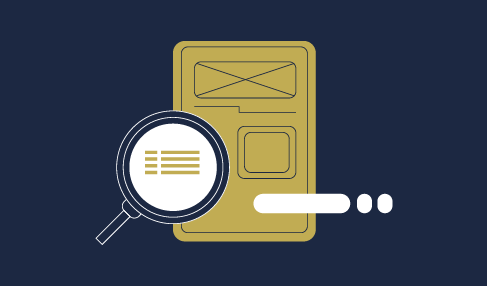The business of drug development involves long periods of research and clinical trials, strict adherence to regulatory procedures, and finally the delivery of the drug to the consumer in the market. The desired goal of drug manufacturing is reducing the risks to the drug manufacturer while delivering maximum benefit to patients. In current practice, scientists and researchers have tapped into the power of big data-driven technologies to make the entire drug development process intelligence-enabled, which enhances the efficiency of drug manufacturing process without sacrificing safety.
As marketing a drug is still one of the most risky and costly venture, according to a Wikibon article, only 10%-12% of drugs in early phase of research actually reach the market. The drug development process is both time and cost intensive, with reports of many drugs failing (85-90%) in the market after years of research and clinical trials. The cost of developing and marketing a drug may vary based on the target market and the size of the manufacturer, but the industry average is around $4 billion.
The most common reasons behind market failure of drugs are: a particular drug failing during beta trials on patients exposed to some new chemical or agent; the perceived effectiveness of a drug is not visible in the later stages of clinical trials; or another similar drug from a competitor reaches the market faster and captures the target market.
The judicious business strategy that pharmaceutical companies need to follow is getting a new drug into the market as quickly as possible without sacrificing any regulatory or quality requirement. The emergence of big data technologies can help by fulfilling the industry need of getting drugs quickly to market without sacrificing any regulatory norm.
What is particularly distinctive about the pharmaceutical industry is that the application of big data requires the integration of different types of data, and in-depth analysis of research documents found both inside and outside the four walls of any one pharmaceutical maker.
Big Data technologiesfor example, data mining, predictive analytics, data governanceall aid the scientists and researchers to make decisions about selecting appropriate drugs for the market based on demand. Some prominent pharmaceutical companies, who may be labeled as early adopters of big data technologies, have been analyzing high volumes of clinical, legislative, and business data to determine what type of drugs have the potential to succeed in the consumer market. Apart from the drug manufacturers, other stakeholders like the drug industry investors or partners are also beneficiaries of big data analytics, as all business decision making is tied up to this technology.
The typical big data technologies or tools prevalent in pharmaceutical setups are: Tools for data collection and storage such as Hadoop; tools for data governance to exploit metadata definitions for ensuring compliance with applicable data governance rules; tools for text analytics to aid researches discover hidden interrelationships between varying data sets; and tools for data visualization to enable the data scientist convert data analytics into comprehensible stories for the benefit of non-statisticians.
To aid the drug manufacturing process from early-stage discovery to market penetration, drug manufacturers take advantage of the following big data techniques:
- Conduct real-time or near real-time analytics to remain informed about the latest research trends in clinical trials related to particular drugs. This method enables the researchers to suitably adopt the new insights gathered from their analysis into their current clinical trials.
- Use historical, clinical data from previous clinical tests to shortlist adverse effects of particular agents on patients. This method can vastly reduce the lengthy periods of clinical trials.
- Use trend analysis and pattern analysis to view the impact of applicable federal and regional regulations including patent laws on the target drug market, to determine the cost impact of such laws and regulations on the life of drugs.
- Conduct predictive analytics to determine the likelihood of market success of particular drugs, after considering the target market size, market and regulatory requirements etc. This method helps in market positioning of new drugs.
The pharmaceutical manufacturer topping the list of big data adopters is Bristol Myers Squibb. With $46 billion worth of investment in big-data technologies for research and development, this company has brought 11 successful drugs to market, and has indexed thousands of clinical documents every year since 1997 in the hope of finding meaningful insights in heaps of data.



